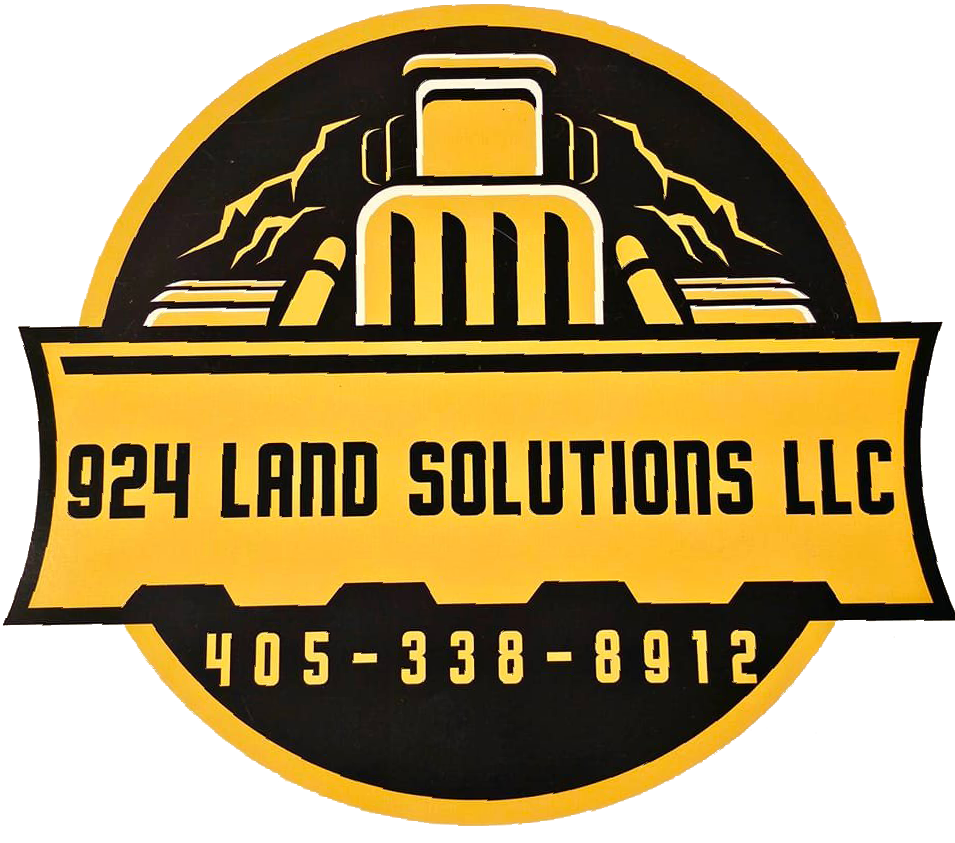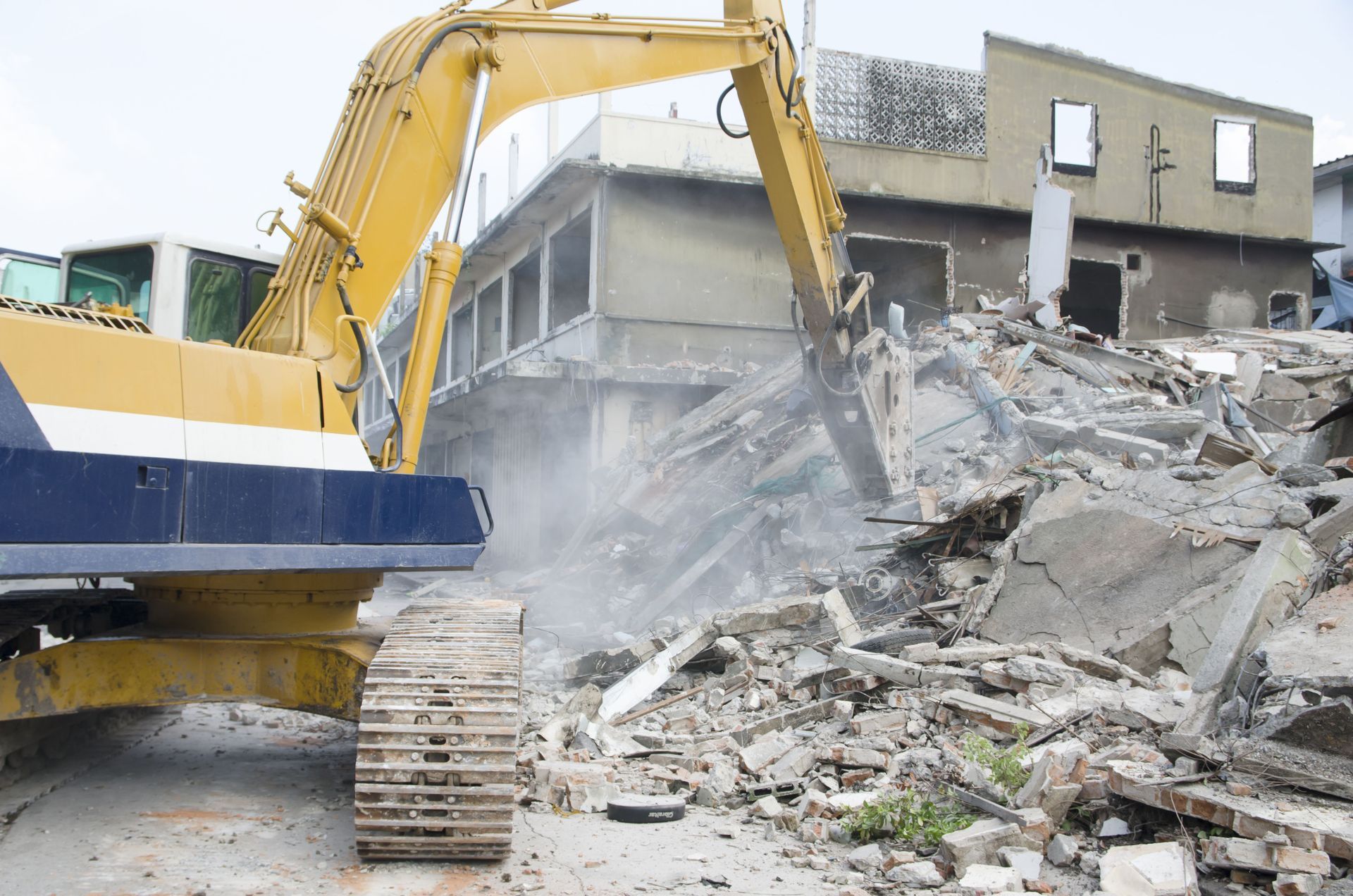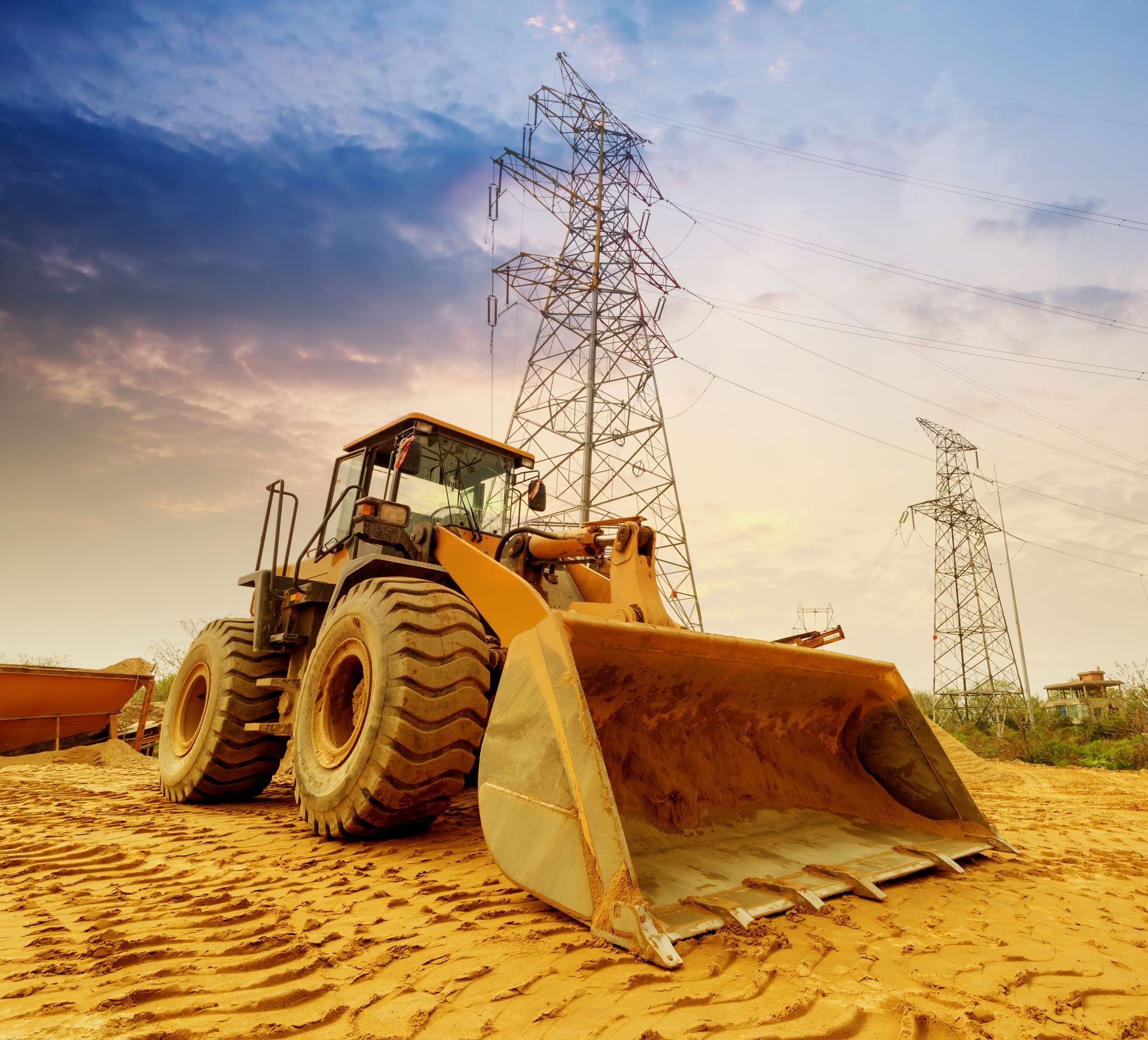8 Best Practices for Excavator Demolition
Demolition projects require precision, power, and professional oversight to ensure that each step is completed safely and efficiently. Attempting to take on this kind of work without the right equipment and expertise can quickly lead to costly mistakes, injuries, or structural hazards. That's why hiring trained professionals who rely on excavators and proven best practices is the safest path forward for both residential and commercial demolition projects. With the right team, you can expect efficient timelines, responsible handling of debris, and a strong focus on safety protocols. Professional demolition also sets the stage for successful site redevelopment, giving property owners confidence that future construction will begin on solid ground. From permitting to traffic control and haul-off logistics, a coordinated crew prevents delays and surprise costs.
1. Excavator Demolition Overview
Excavator demolition refers to the use of specialized machinery to deconstruct buildings and structures. Unlike manual methods, excavators offer unmatched efficiency, precision, and control, making them indispensable for large-scale and complex projects. They allow operators to safely dismantle materials while minimizing disruption to surrounding properties.
Professional demolition crews understand that each project comes with its own set of challenges, which is why the machines are paired with customized attachments to meet specific needs. Their versatility helps ensure accuracy, whether dismantling a small residence or a multi-story commercial property, and this approach safeguards nearby structures while keeping the site organized and secure. Attempting demolition without such machinery poses serious risks. Professionals strongly discourage DIY methods, since these machines in trained hands prevent uncontrolled collapses and accidents, helping to keep workers and property safe throughout the project.
2. Types Of Excavator Equipment
Different types of excavators are used depending on the scope of the project. Standard models handle general-purpose demolition, while high-reach machines are designed for dismantling taller buildings where stability and reach are essential. Compact or mini models are ideal for precision work in confined spaces.
Knowing which machine to use is critical for both safety and efficiency, which is why a professional team evaluates project demands and matches the right equipment to the job. This prevents costly delays and maximizes productivity on the site for residential and commercial properties alike. For homeowners or property managers, hiring professionals who understand these distinctions ensures that the right machine is deployed. DIY efforts lack this expertise and increase the likelihood of errors or even catastrophic failures during demolition.
3. Key Components Of An Excavator
Understanding excavators begins with their core components: the boom, stick, and bucket, all of which are powered by a hydraulic system and supported by a tracked or wheeled base. The operator's cab offers comfort and visibility, reducing fatigue and improving accuracy during extended projects. Robust undercarriages and well-tuned hydraulics enable smooth, controlled movements even under heavy loads.
Professionals rely on these components to perform a variety of tasks, from breaking concrete to carefully sorting materials, and regular inspection of these parts ensures machines run at peak performance, limiting downtime. For untrained individuals, operating such machinery without deep knowledge of these systems is not only inefficient but also dangerous, which is why skilled professionals focus on maintenance schedules, inspection checklists, and safe operating procedures to keep projects on track.
4. Demolition Applications For Excavator Equipment
Excavators are widely used across residential, commercial, and industrial demolition projects. They are critical for dismantling houses, office buildings, and even reinforced structures that require heavy-duty machinery. Their precision also makes them suitable for selective demolition, where only certain sections of a structure must be removed.
Bridge demolition is another area where these machines excel, as attachments like hydraulic hammers and grapples make it possible to handle both concrete and steel components effectively. This adaptability reduces manual labor and shortens project timelines significantly, helping crews meet strict schedules. By turning to professionals equipped with the right machines, project owners gain peace of mind knowing that work is handled safely, responsibly, and in line with industry standards.
5. Site Preparation And Planning
Every demolition begins with a thorough site survey to assess building condition, potential hazards, and nearby risks. This ensures that teams can anticipate challenges before work begins and allocate the proper resources. Identifying toxic materials, structural weaknesses, or unstable surroundings is essential for safety.
Planning a safe demolition sequence is equally important, since professionals establish step-by-step processes that minimize accidents and enhance efficiency. Securing the perimeter with barriers, signage, and spotters while coordinating with local authorities further protects both workers and the public. These measures reinforce why demolition should never be attempted by untrained individuals, especially near utilities, busy streets, or shared property lines.
6. Environmental And Safety Considerations
Demolition work produces large amounts of debris, which must be managed responsibly. According to Globe Newswire, construction and demolition waste debris represent approximately 25% of the country's total waste stream. Professional crews mitigate this by prioritizing recycling and responsible disposal practices that comply with local and federal regulations.
Dust suppression, waste sorting, and material salvage are pillars of environmentally conscious operations, and these machines are especially valuable here since their precision allows materials to be separated for reuse or recycling rather than sent directly to landfills. Permitting and regulatory compliance also form a key part of preparation, and licensed contractors ensure all activities follow the law, avoiding fines and delays while upholding community safety and environmental protection. Responsible practices lower disposal costs and support sustainability goals for owners and municipalities alike.
7. Operator Training And Safety Protocols
Operating excavators requires professional training to ensure safety. These qualifications confirm that operators understand load limits, site protocols, and best practices. Without this training, machines can become hazards rather than assets.
Experienced operators recognize factors like stability and weight distribution, preventing accidents such as tipping or uncontrolled collapses, and their knowledge ensures that every move is calculated and deliberate. Safety protocols also include proper communication, emergency procedures, and mandatory use of personal protective equipment, which is why DIY demolition should always be avoided; skilled professionals bring the training needed for safe and efficient results. Routine tailgate talks, job hazard analyses, and clear radio etiquette keep teams aligned in fast-changing conditions.
8. Post-Demolition Processes
Once the main structure is removed, professional crews focus on debris management, recycling, and site cleanup.
Excavators play a role here as well, sorting materials and loading debris for transport so the footprint is cleared quickly. These steps prepare the site for redevelopment or return it to a natural state.
Additional tasks include equipment decontamination, storage, and post-operation reviews to document lessons learned, and this attention to detail ensures continuous improvement and project transparency while thorough documentation satisfies legal and regulatory requirements. Site restoration, such as soil stabilization and erosion control, completes the process, leaving the area ready for the next phase. These comprehensive services highlight the importance of relying on trained professionals for demolition rather than attempting shortcuts, as a poorly executed cleanup can jeopardize redevelopment plans and even create safety hazards for years to come.
Demolition is far more than simply tearing down a structure; it requires careful planning, professional training, and the proper equipment. Excavators make these projects possible, but they must be operated by licensed experts who understand the risks and complexities involved. For property owners, the best decision is always to rely on professional demolition services rather than attempting dangerous DIY methods that can result in serious consequences. Working with trained teams ensures safety, efficiency, and environmental responsibility, setting your project up for long-term success from start to finish.
If you're ready to begin your next project, turn to 924 Land Solutions, proudly serving the Greater Central Oklahoma area with over 18 years of experience. Our team provides land clearing, excavation, demolition, and site preparation with precision and care. We also offer military and senior discounts as part of our commitment to the community. Contact us today to schedule expert demolition services that put safety, sustainability, and efficiency first.



Share On: